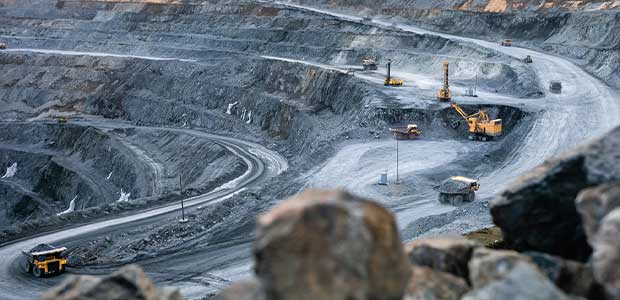At least five people have been killed and several others injured after a mine collapsed in China's northern Inner Mongolia.

According to state broadcaster CCTV, the open-pit mine operated by tiny regional firm Xinjiang Coal Mining Co collapsed in a landslide, burying dozens of workers under a massive pile of debris half a kilometre (550 yards) wide and an estimated 80 m high.
On Thursday, CCTV aired dramatic security footage of an endless barrage of rock and soil falling from one side of the mountain into the mine pit, squashing several excavators and dump trucks.
Rescue workers are at the scene trying to rescue those trapped under the collapsed mine as President Xi Jinping had ordered, but a second mine collapse has hundred the rescue efforts.
Did you read this?
Coal is a significant source of energy in China. Still, its mines are among the deadliest in the world, owing mainly to lax regulation of security guidelines, despite frequent government orders for safety improvements.
Local authorities in several regions, such as Inner Mongolia, Shanxi, and Shaanxi, have ordered coal miners, particularly in open-pit mines, to conduct instant safety checks and local authorities to conduct inspections in the aftermath of the collapse.
Over the last year, China's mines have attempted to increase output in response to the government's call for increased supplies and stable prices. In 2022, the government was expected to have approved 260 million tonnes of new coal mining capacity. Inner Mongolia is the country's leading producer of coal.
This happens after a 7.2 magnitude earthquake hit Tajikistan, which borders China. The epicentre was about 82 kilometres from the nearest Chinese border and was felt strongly in some areas of China's western Xinjiang region, including Kashgar, and Artux
officials did not report any casualties, and the power supply and communication channels have not been disrupted









